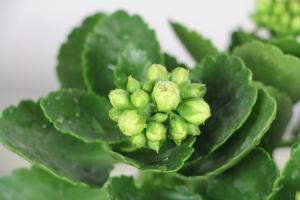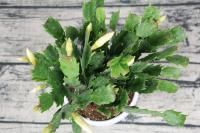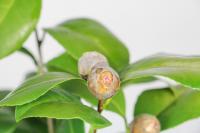1、 Common diseases
For Rosa roxburghii, the most common root rot and stem rot are root rot. the symptom of root rot is that the root will show signs of decay, affecting the transportation function. The symptom of stem rot is that the leaves in the lower part begin to turn yellow, and then gradually expand to the upper leaves. Yellow spots appear on the leaves, and then eventually lead to the decay of the whole stem, affecting the ornamental value
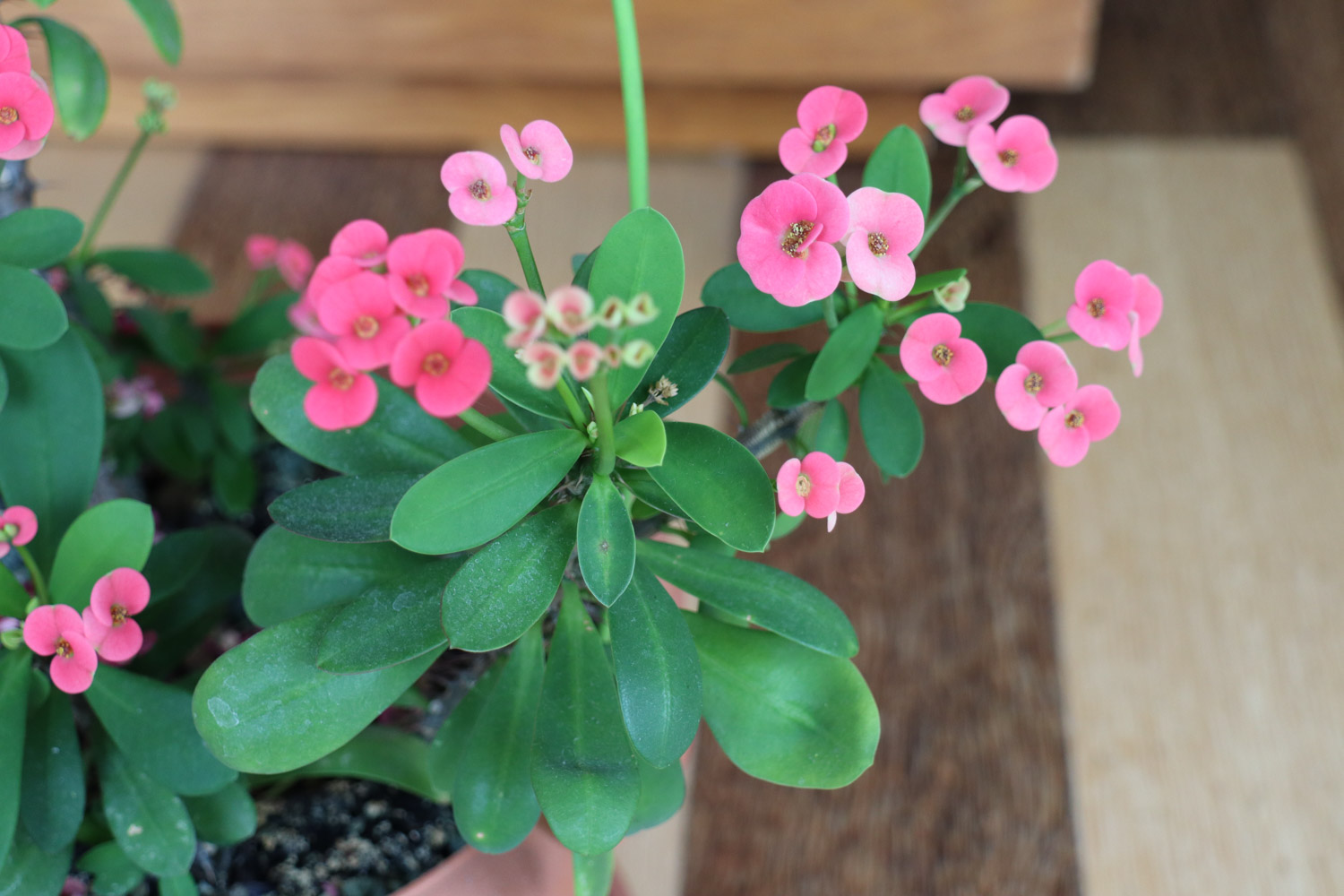
2、 Cause of occurrence
The reason may be that the soil is not clean and has not been disinfected before filling, and the soil contains certain bacteria. Or under continuous rainfall, the humidity in the air is high, which leads to the disease of Rosa roxburghii. It is also possible that improper water application may lead to ponding of basin soil, resulting in decay
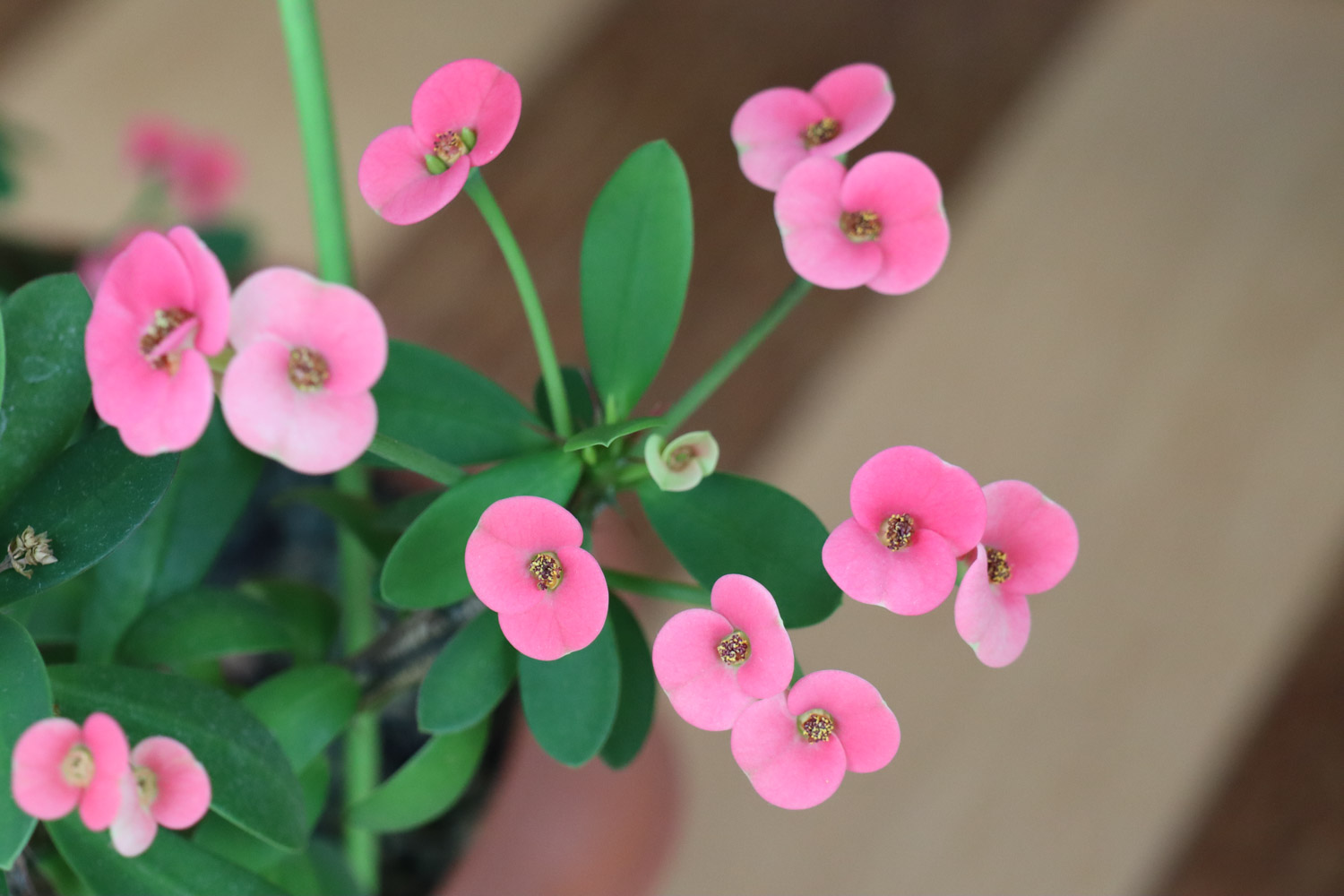
3、 Prevention and control measures
It mainly focuses on prevention. In the continuous rainy season, it is necessary to move the tiger thorn plum to a place where it can't get wet, so as to avoid getting wet by the rain. If you are accidentally caught in the rain, you need to pour out the accumulated water in the flowerpot in time and keep the basin soil dry. The plant should also be sprayed with disinfectants to thoroughly treat the disease
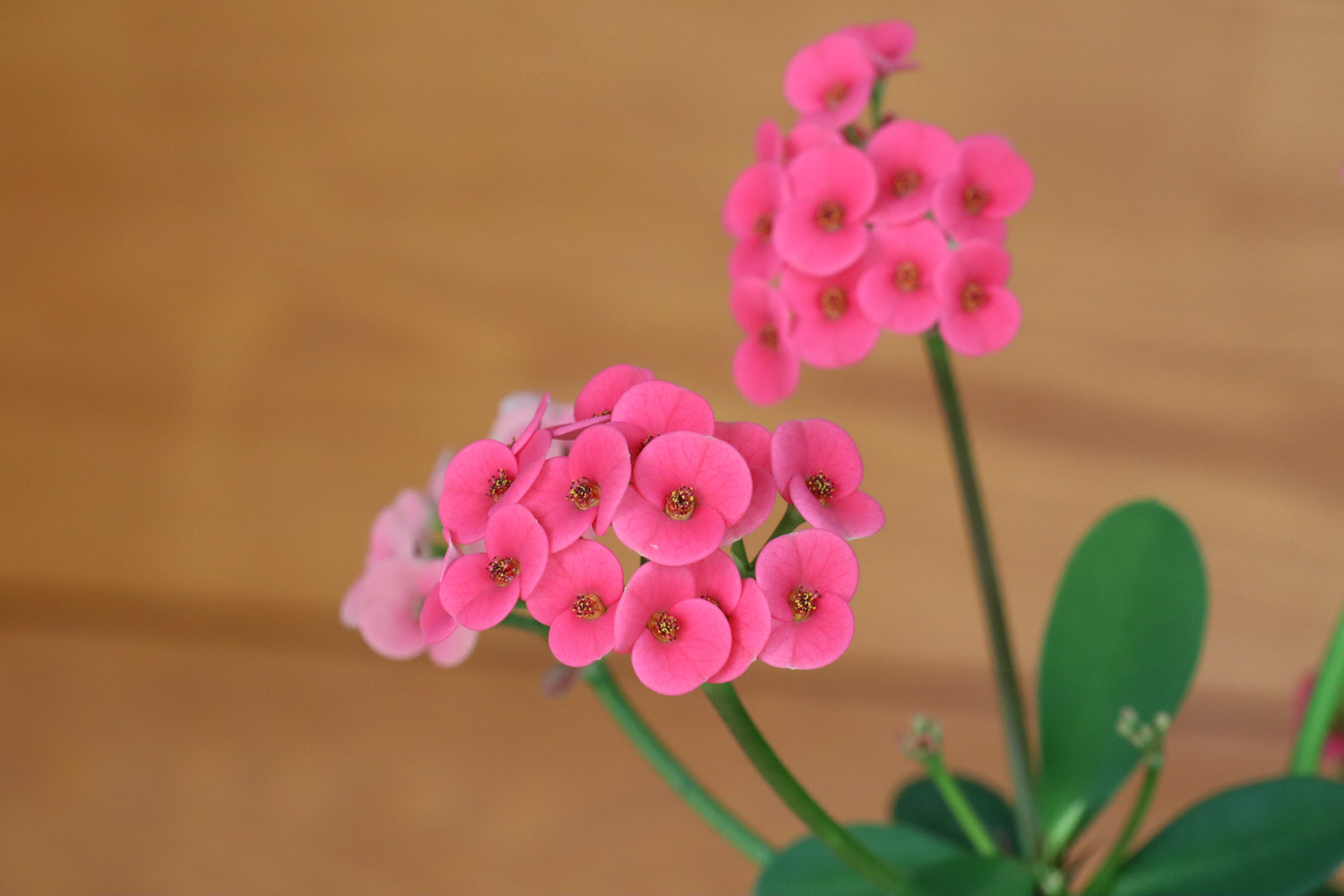

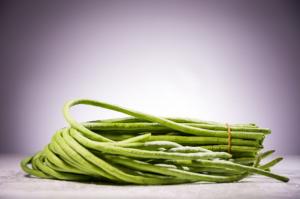 How does okra leaf h...
How does okra leaf h... How to treat happy l...
How to treat happy l...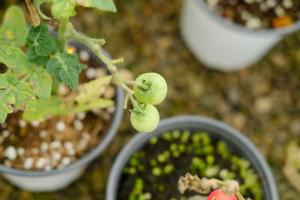 How is tomato Fusari...
How is tomato Fusari... How is Strawberry Po...
How is Strawberry Po... How does Calla becom...
How does Calla becom... How to roll the leav...
How to roll the leav... Pest control of Phyl...
Pest control of Phyl...

